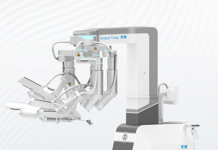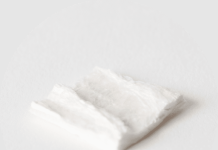Orthofix announced that it received FDA 510(k) clearance for its TrueLok Evo Ring Fixation system.
The Lewisville, Texas-based orthopedics company designed the device for complex limb reconstruction and deformity correction procedures. It is a circular fixator with radiolucent rings and struts for clear radiographic visualization, allowing physicians to better assess bone anatomy during and after surgery.
“We are constantly evolving our solutions to meet surgeons’ and patients’ needs,” said Paul Gonsalves, president of global orthopedics at Orthofix. “Orthofix ring fixation systems are the preferred solutions to thousands of surgeons worldwide and have been used to treat more than 80,000 patients to date. We are proud to launch the TrueLok Evo system as part of our portfolio of solutions to help healthcare professionals restore patient anatomy, mobility and quality of life.”
TrueLok is an advanced external fixation system made of carbon fiber to create a lightweight device for patient comfort. It has MR conditional clearance to allow patients to have an MRI with the fixator in place, according to Orthofix. TrueLok is interred for fixation of open and closed fractures, limb lengthening by metaphysical or epiphyseal distractions, treatment of nonunion of pseudarthrosis of long bones, and correction of bony or soft tissue defects or deformities in adult and pediatric patients.
“External ring fixation systems provide an important treatment option for patients in need of deformity correction or complex limb reconstruction,” Dr. Amgad Haleem, an associate professor of orthopedic surgery at the University of Oklahoma Health Sciences Center in Oklahoma City who also performed the first U.S. cases using the devices, said in a news release.
“Packaged as a sterile preassembled frameset, the TrueLok Evo frame presents a streamlined configuration that helps reduce the time needed to prepare the device for the procedure. Additionally, the radiolucent rings and struts make it easier to visualize under X-ray the precise placement of the device on the bone during surgery. Together, these advancements enable us to better treat adults and children across a wide range of bone deformity and trauma conditions.”






